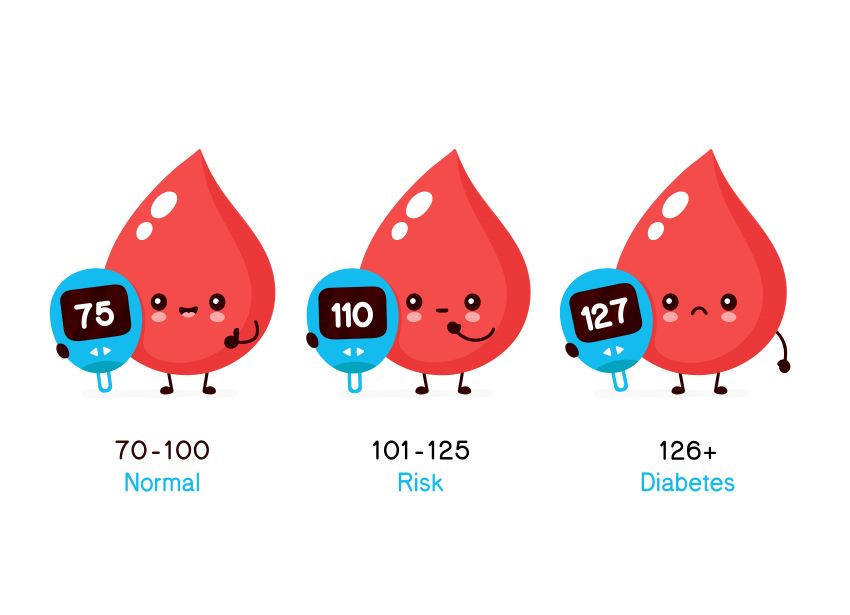Optical fiber is a waveguide medium or light channel made of transparent material (glass or plastic) and is cylindrical in shape. The smallest diameter of optical fiber made of glass can reach 158 micrometers (one millionth of a meter), while the largest diameter can be more than 1 millimeter (one thousandth of a meter) with a plastic material. Optical fiber was created as a communication device with light as the signal source. As for the completeness of communication devices, one of them was made to break the path of light into two. This device is called a fiber coupler. Fiber coupler has two input channels and two output channels. The light beams on the two input channels mix into one, and the mixed beam can be distributed to the two output channels of the fiber coupler. In a communication system using optical fiber, the fiber coupler functions as a joiner of transmission signals containing information from various places to be transmitted to the main channel. From the main channel, the combined signals are then separated using a grid to be conveyed to the destination of each of the mixed signals.
In the 80s, research on optical fiber was not only aimed at increasing the capacity of information transmission in communication systems but began to explore the ability of optical fibers to detect changes in both physical and chemical parameters. Until now, research to increase the capacity of optical fibers to detect the levels of substances in solution continues to develop with various configurations of sensors optical fiber. The sensor configuration can be shaped interferometer optical fiber, fiber taper, fiber optic structured singlemode–multimode– singlemode (SMS), fiber bundle, as well as fiber coupler. The detection principle used can be the absorption of the material against the wavelength of light used or the refraction of the light path due to changes in the refractive index of the detected material.
Sugar solubility detection is an indispensable tool in the food and beverage industry and the medical field. Methods for detection of sugar solution levels use electric or optical methods. The electric technique ] use the changing properties of the capacitor dielectric medium as well as changes in the velocity of ultrasonic waves due to changes in the concentration of sugar solution as the medium for ultrasonic wave propagation. The use of optical methods takes advantage of the nature of light refraction (refraction) when the medium in which it passes changes its refractive index. Various types of configurations fiber optic are used to detect the soluble sugar content by taking advantage of the refractive nature of light when the sugar dissolution level changes. The configuration can be in the form of an optical fiber that is wound on the casing, two optical fibers facing each other, fiber bundle, fiber coupler, and many different configurations.
Various configurations of optical fiber as a sensor for sugar solution levels, the working principle requires that the sensor is in direct contact with the sample (sugar solution). This situation requires proper maintenance of the probe, sensor namely perfect cleaning after the sensor is used to detect the sugar solution level. It does not benefit both from the consistency of maintenance and financially that it requires the sensor to be replaced after use. Research to solve this problem has been carried out by utilizing the main advantage of the optical method, namely that measurement or detection is carried out without direct contact with the sample. The research was carried out using a fiber coupler and a concave mirror as a sample container with a focal length of 4.5 mm and a concave volume of 70 microliters. A shift-based detection mechanism, where one of the channels is fiber coupler (probe)placed near the sample surface which is in the concave mirror basin. The probe is sensor then shifted away from the sample surface.
Changes in sugar solution levels will refract the path or trajectory of light entering the probe. As a result, the intensity of light entering the probe (probe diameter of 1 mm) will change. In addition to this method, there is no direct contact of the probe sensor with the sample; the sample volume required is tiny, only 70 microliters. The resulting sensor performance is that the sensor can detect the smallest change in sugar solution content (resolution) by 1%. The research prototype has the potential to be used as a sensor on an industrial scale.
Author: Samian, lecturer in the Department of Physics, Faculty of Science and Technology





